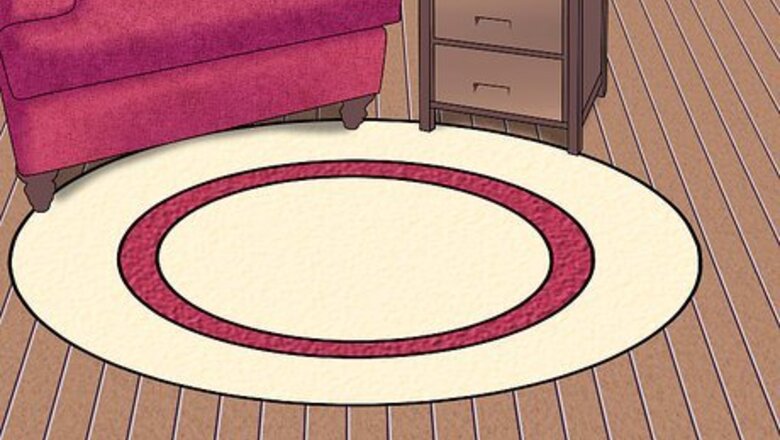
views
Working With Computers and Electronics
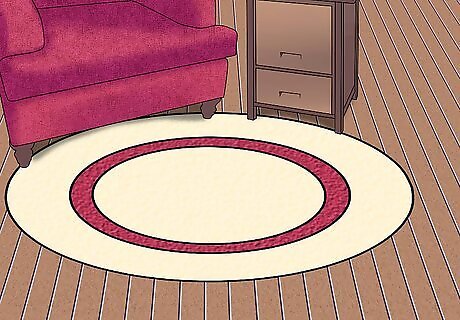
Set up your workspace in an area without rugs or carpet. This helps greatly reduce the incidence of electric shock. If working on a bare floor is not an option, consider applying a light coating of anti-static spray to the rug or carpet prior to handling electronics.
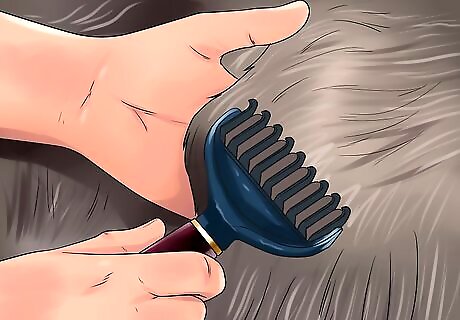
Keep pets away from your workspace. Pets with hair such as dogs, cats, and ferrets can increase the risk for electric shock if they come into contact with you or your electronics.
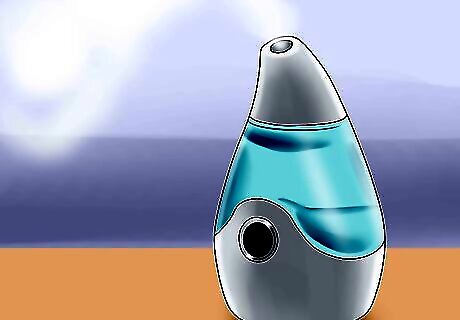
Work in an environment with humidity levels between 35 and 50 percent. Static electricity buildup occurs most frequently in dry, cold environments.

Remove trash and other unnecessary items from your workspace. Items such as paper, plastic bins, and cellophane can all generate static when being moved around on your desk or workspace.
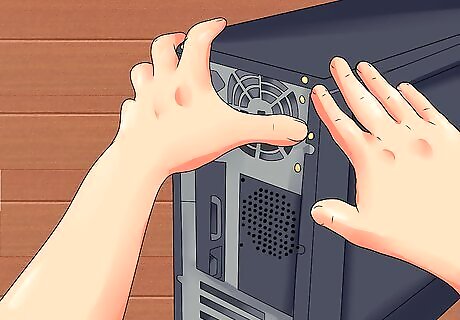
Touch a grounded object before starting work on your computer or electronic device. A grounded object is something that has a direct conductive path to the earth, such as a water pipe, wall, or wood table. When working with computers, the most ideal way to ground yourself is to touch the exterior metal box of your computer's power supply before unplugging the machine.
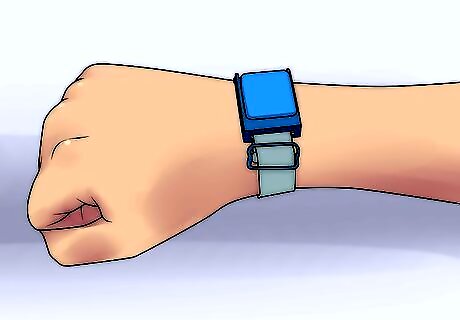
Wear an anti-static strap or wristband. This device prevents static buildup by tethering you directly to your computer so the charge is shared, and discharging cannot occur. Wrist straps come with an alligator clip that creates a ground.

Stand on an anti-static mat when working on your device. These types of mats, also known as ESD or grounding mats can help prevent electric shock.
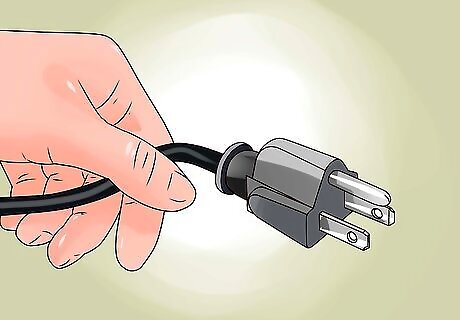
Verify your computer is unplugged or turned off before working on its components. This prevents any electric currents from running through the machine as you work.
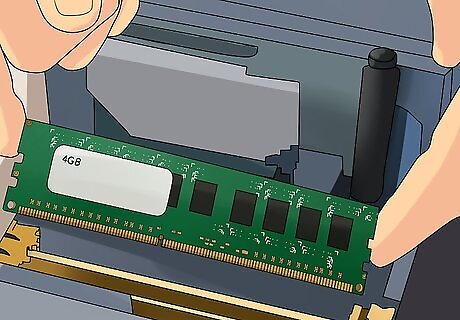
Handle all components by their edges when installing and removing them from your machine. Electricity is normally transmitted via exposed pins, connectors, and circuitry located away from the edges of CPU and components.
Grounding Yourself Using General Techniques

Increase humidity levels in your environment. Dry, cold environments with low humidity levels generate a higher level of static electricity. Consider using a humidifier in your home or office to achieve between 35 and 50 percent humidity.

Avoid wearing clothing made from wool and synthetic fabrics. Wool and synthetic fabrics such as polyester, rayon, and spandex are more prone to rub together and create friction and static electricity.
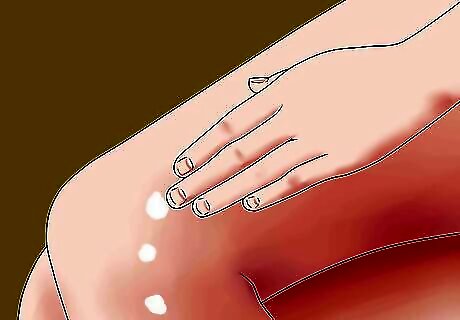
Keep your skin and hands moisturized. Dry skin causes static buildup, and can even cause your clothing to rub against your skin repeatedly. Drink plenty of water, and apply lotion or moisturizer to your skin as needed to prevent and treat dryness.
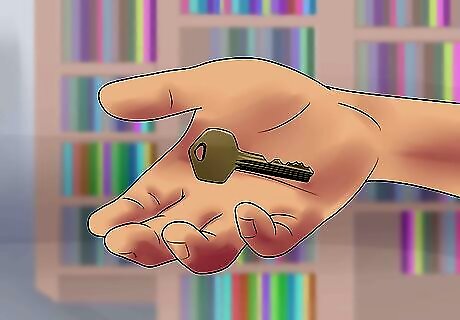
Touch a metal object using another metal object to release static discharge. This allows sparks from the discharge to affect the metal object, and not your skin. For example, touch a doorknob using a key instead of your hand at first to lower the risk for electric shock.
















Comments
0 comment